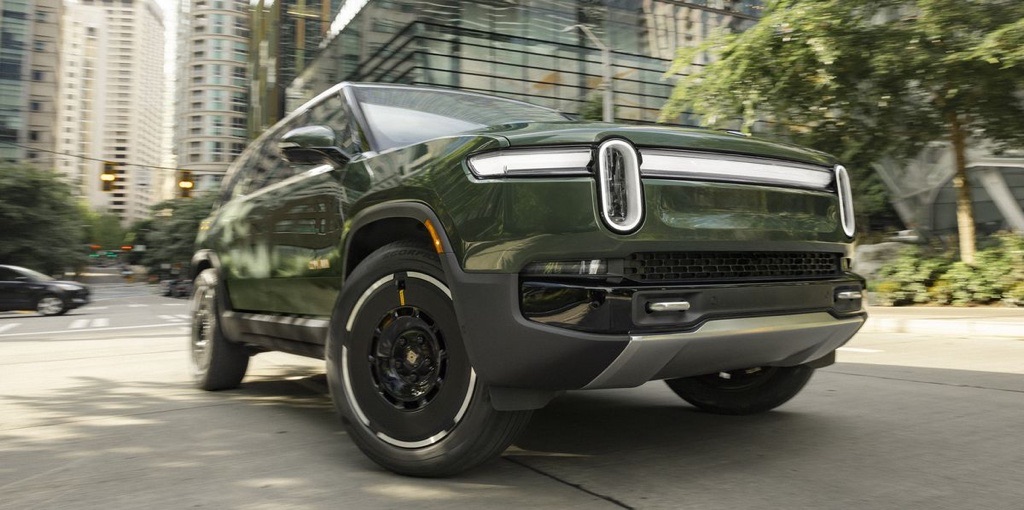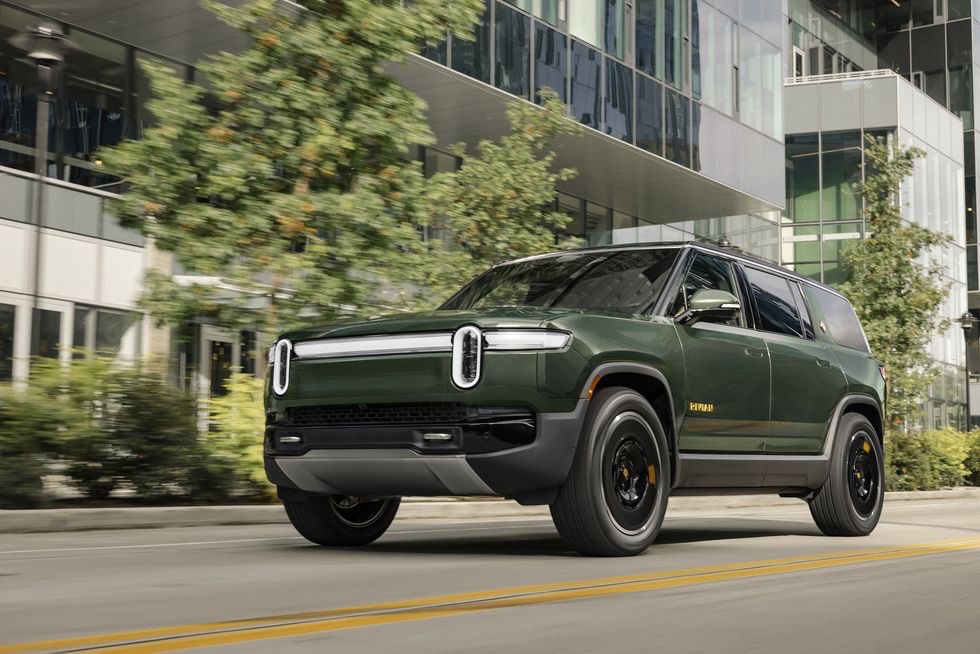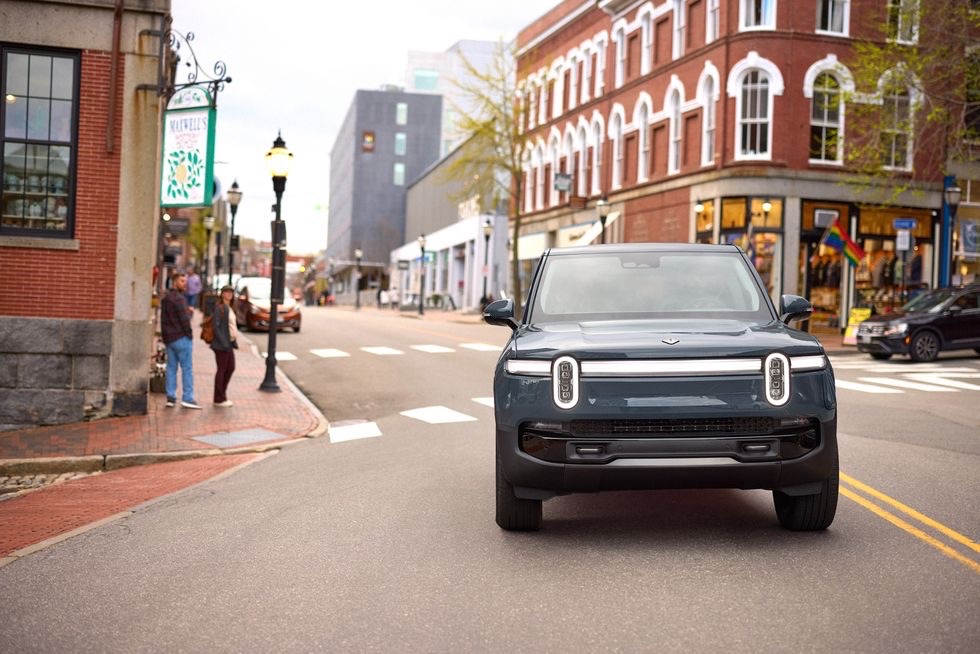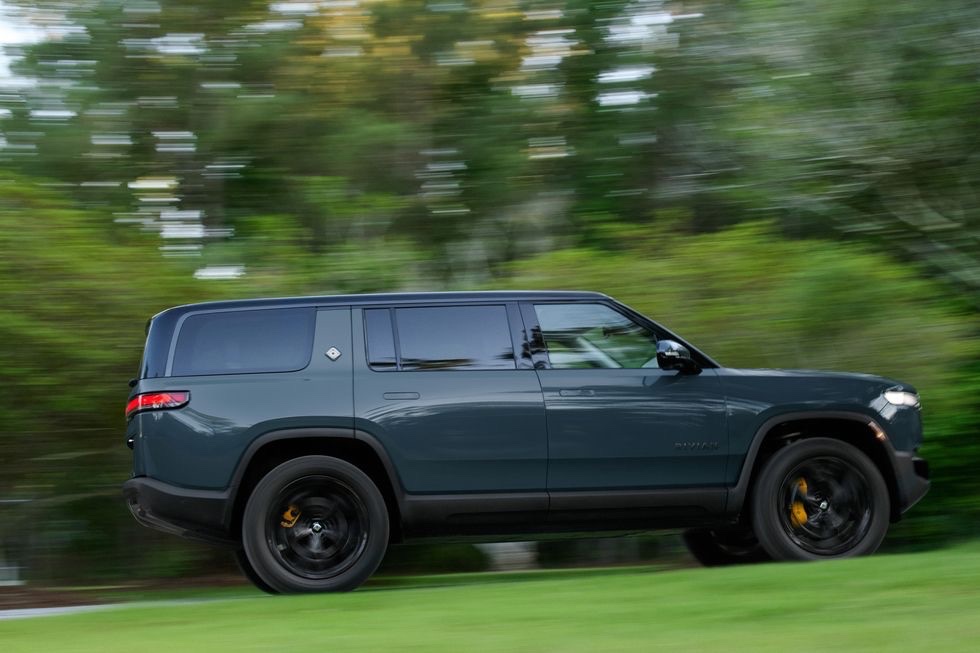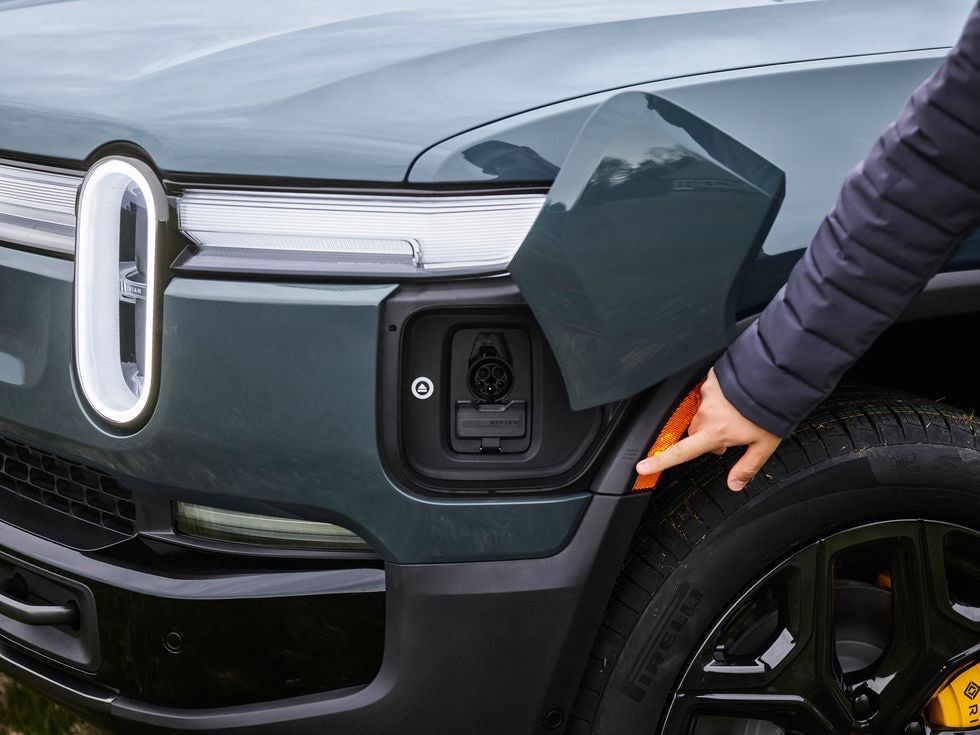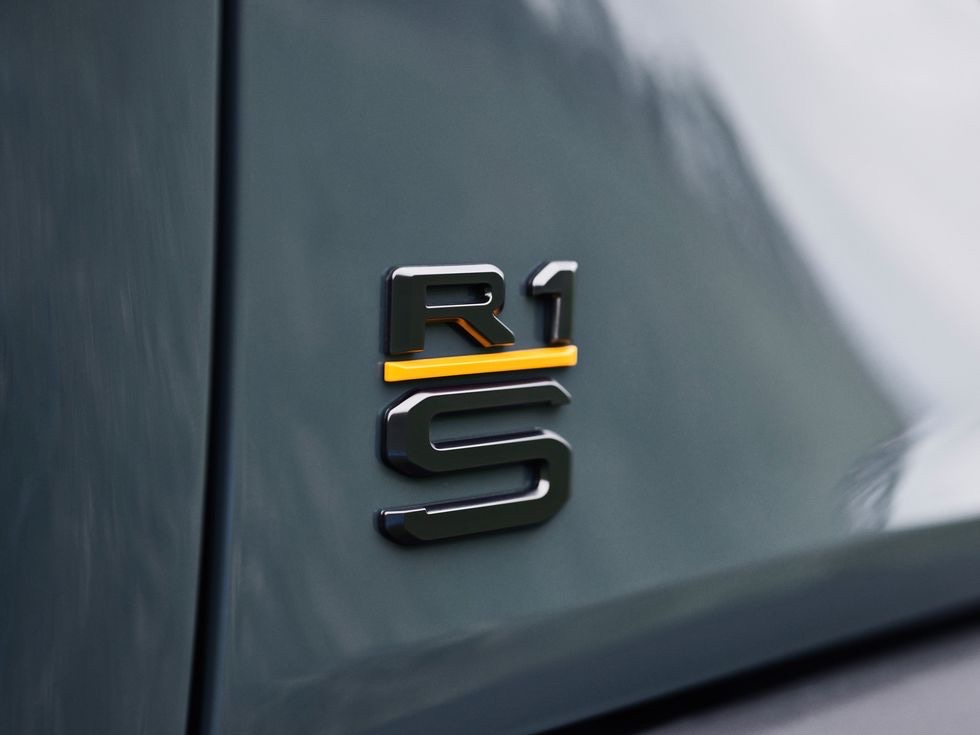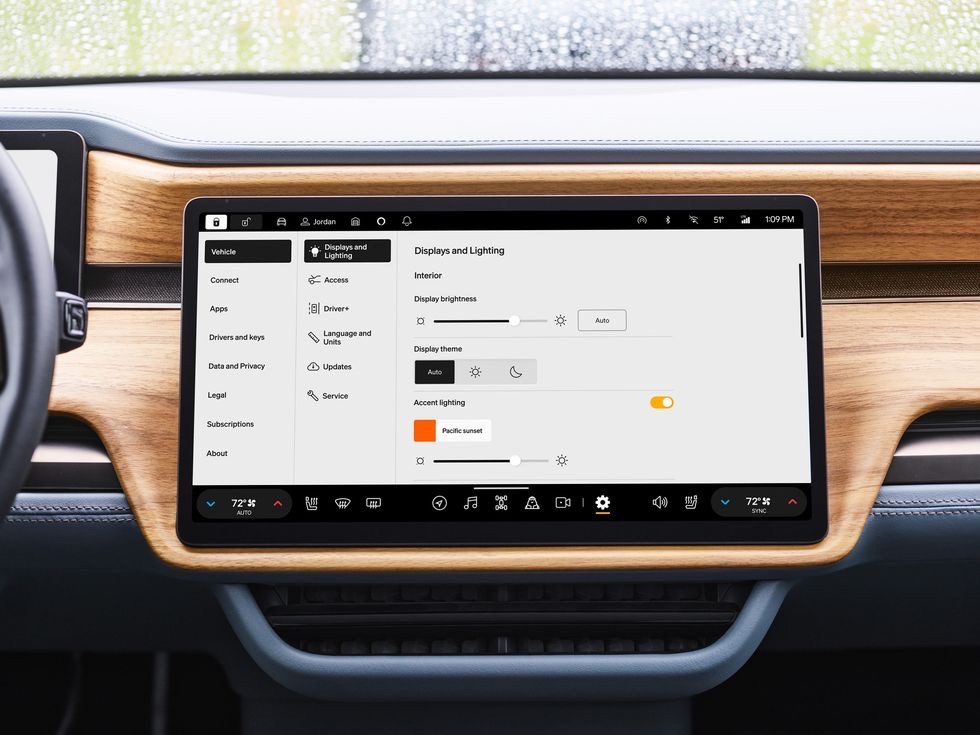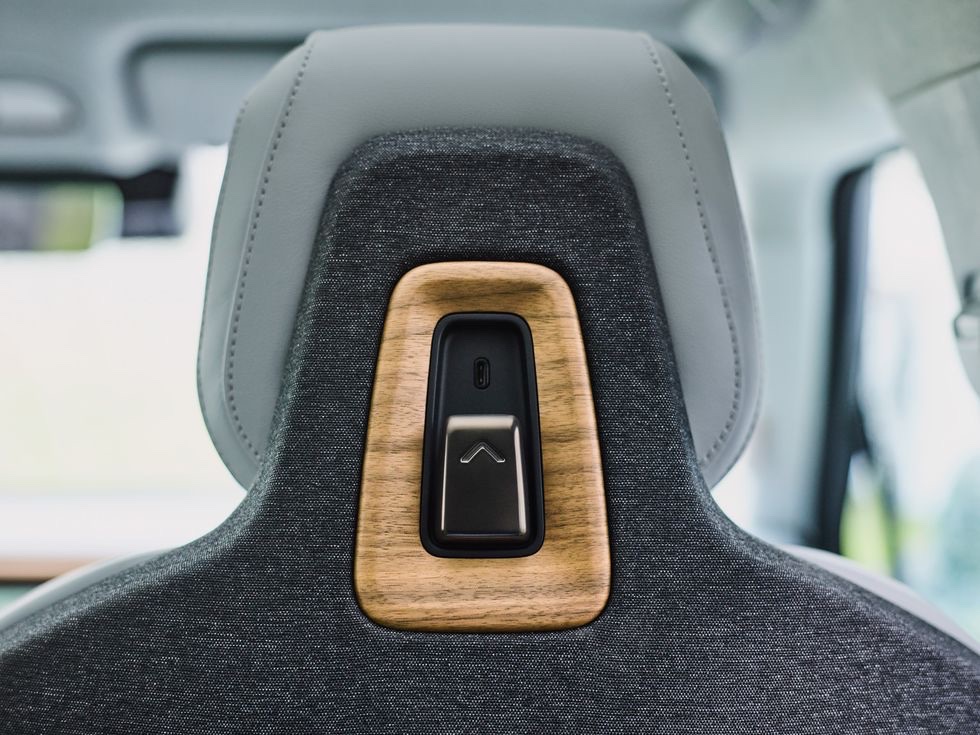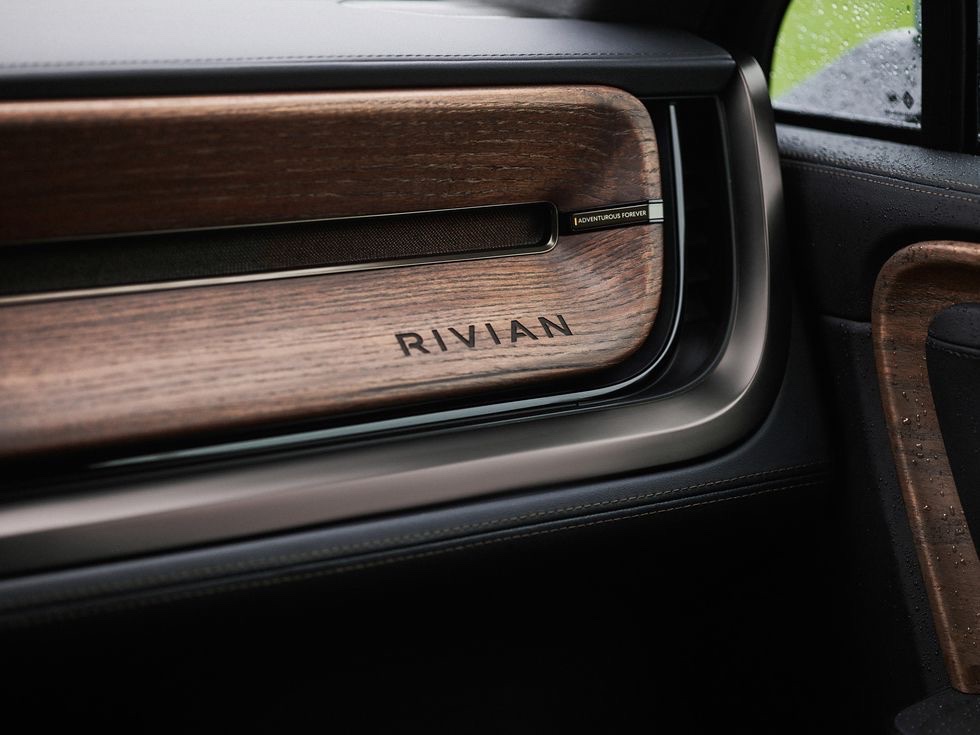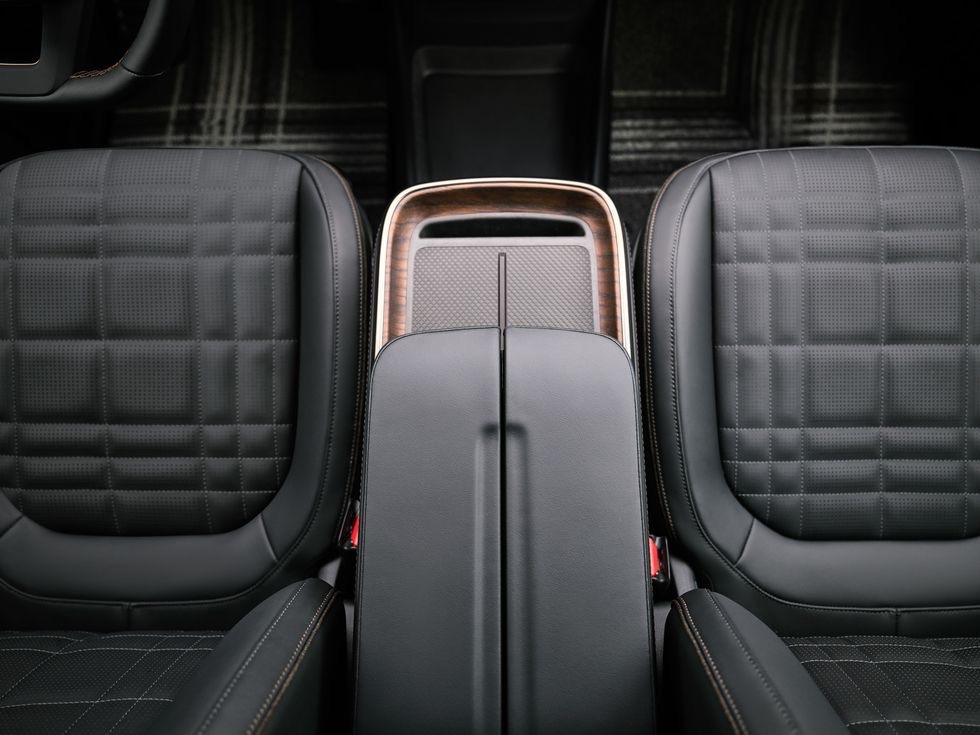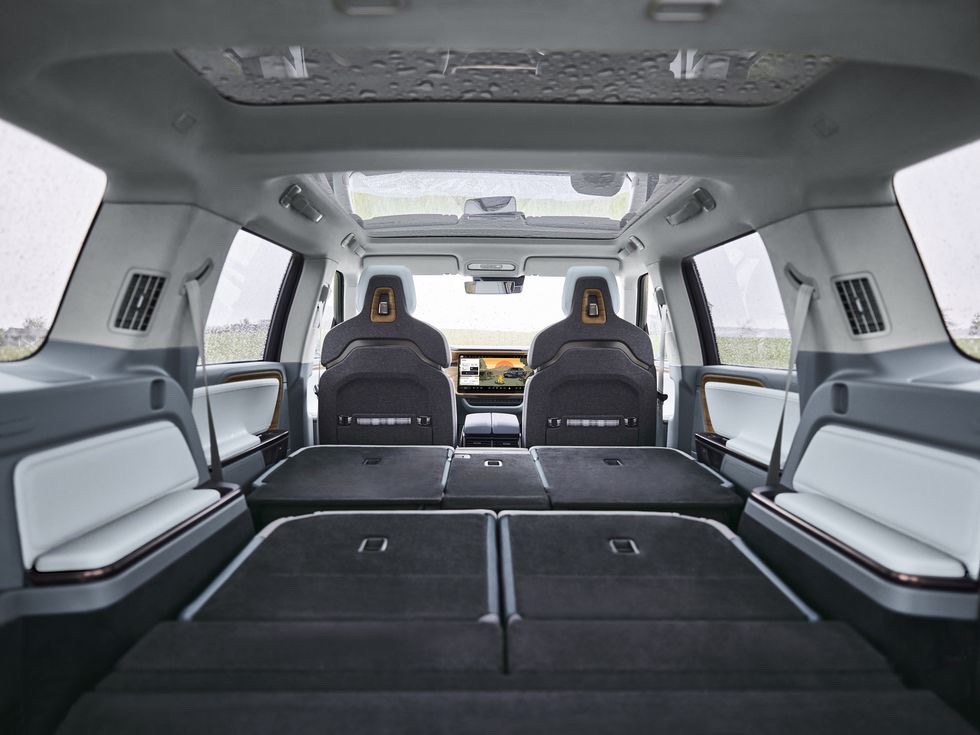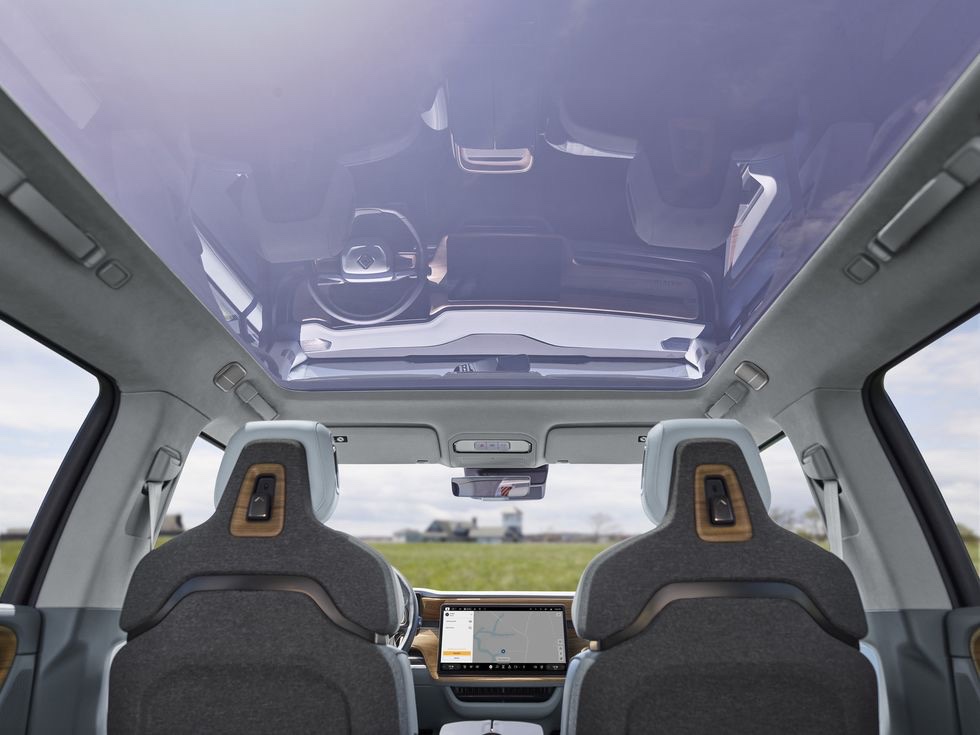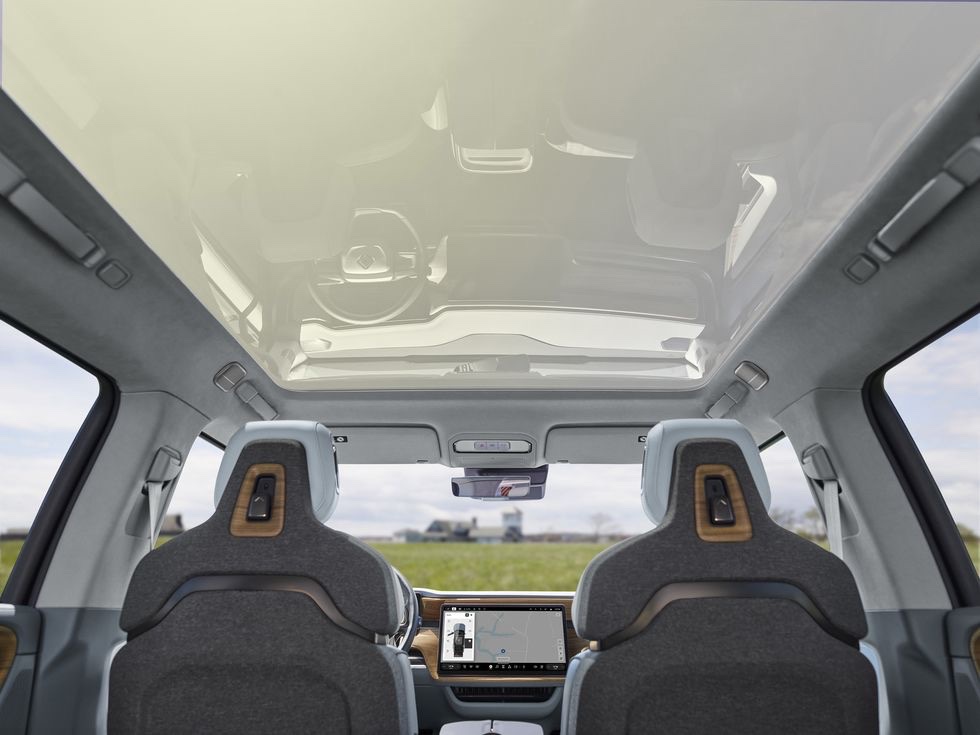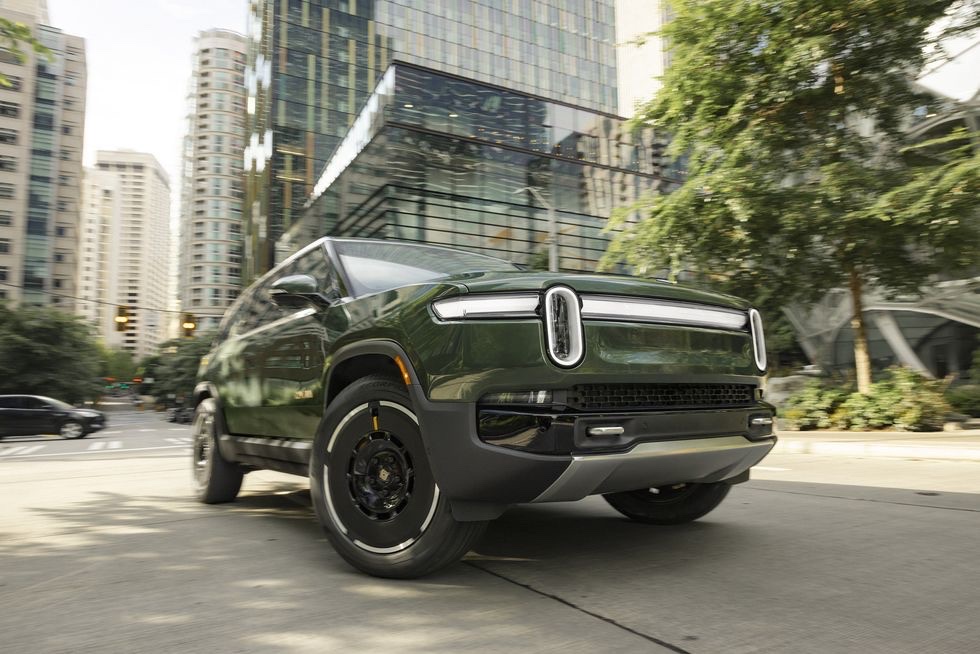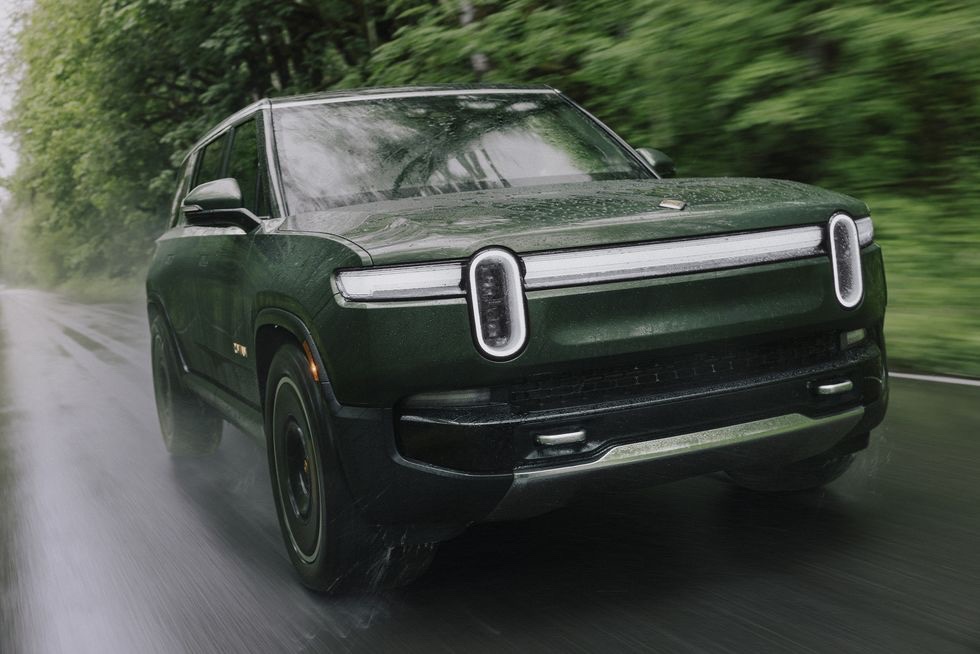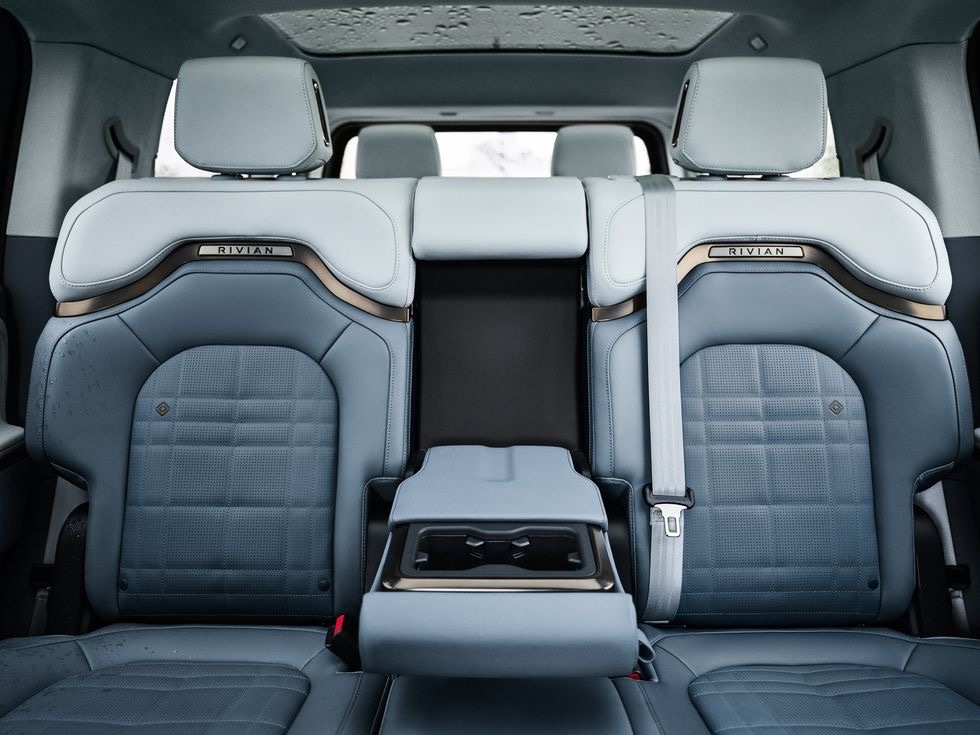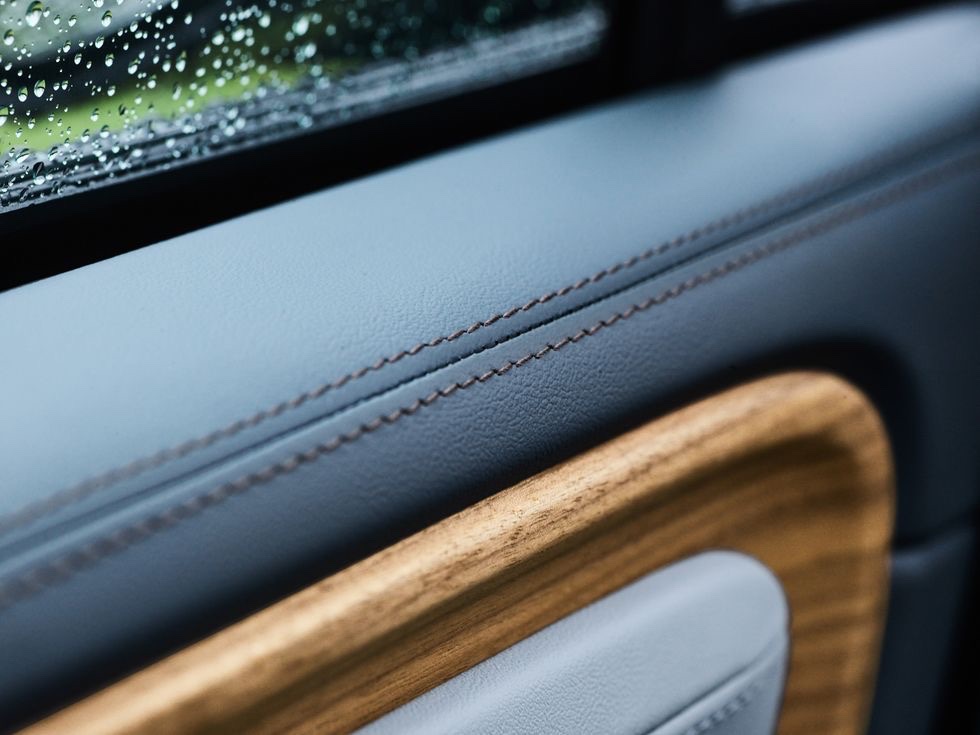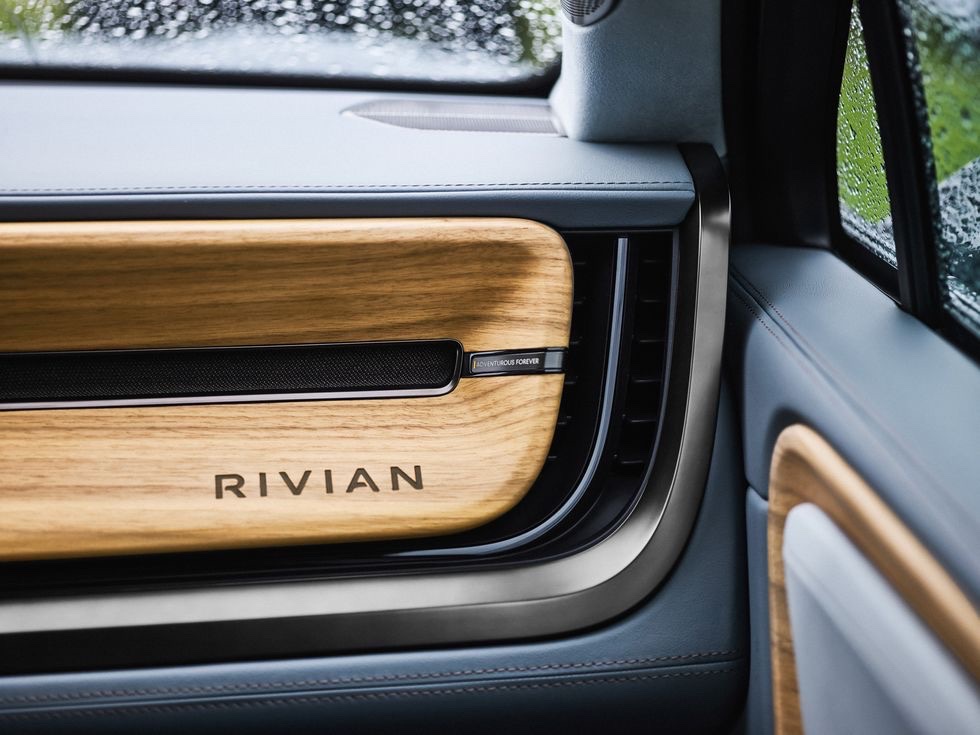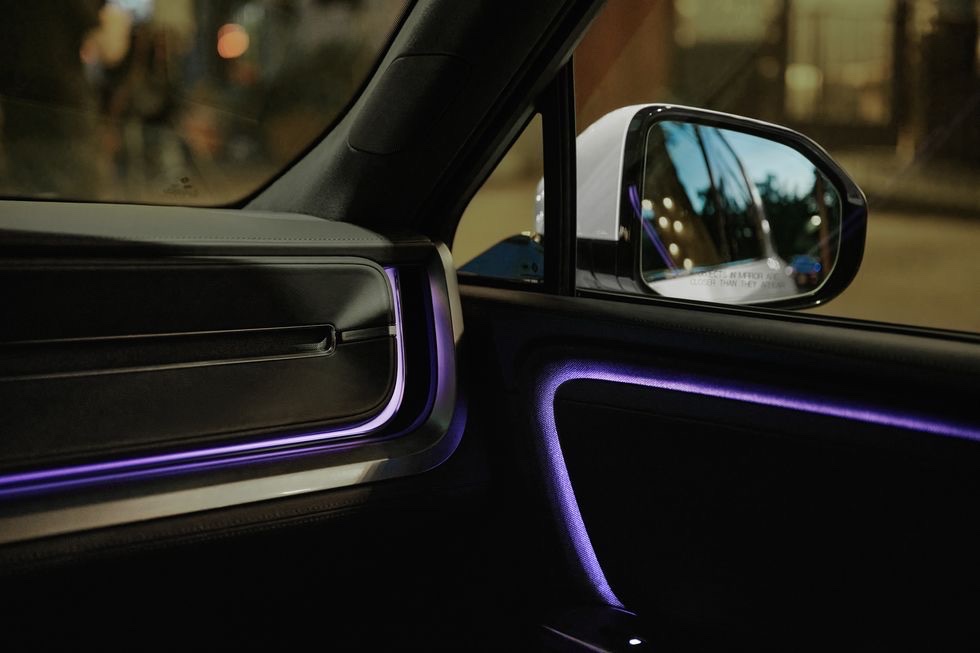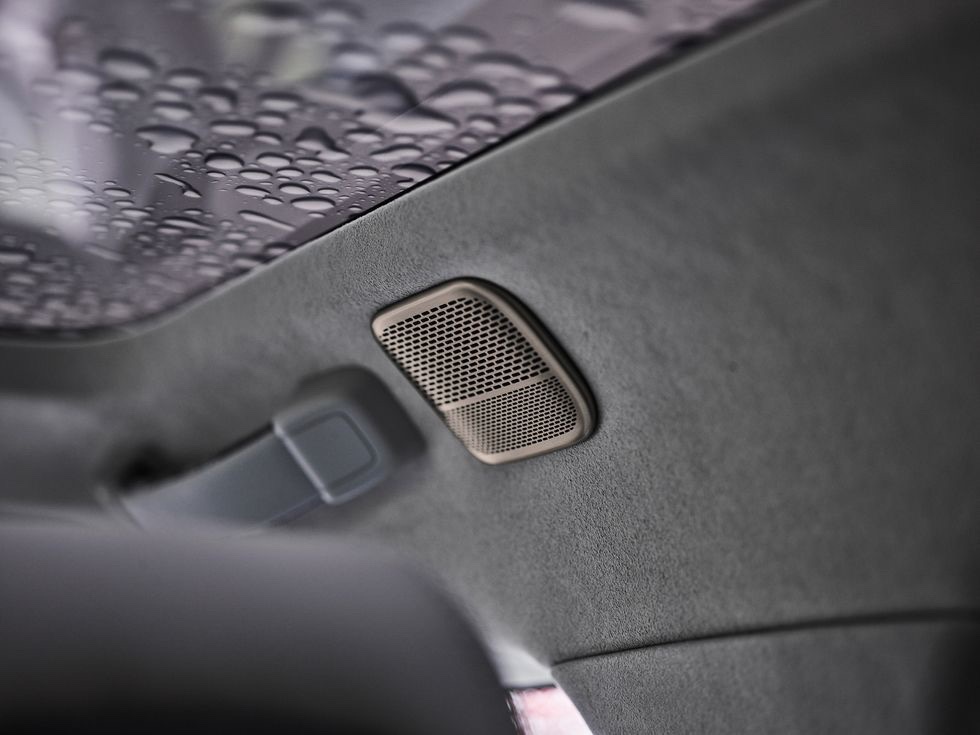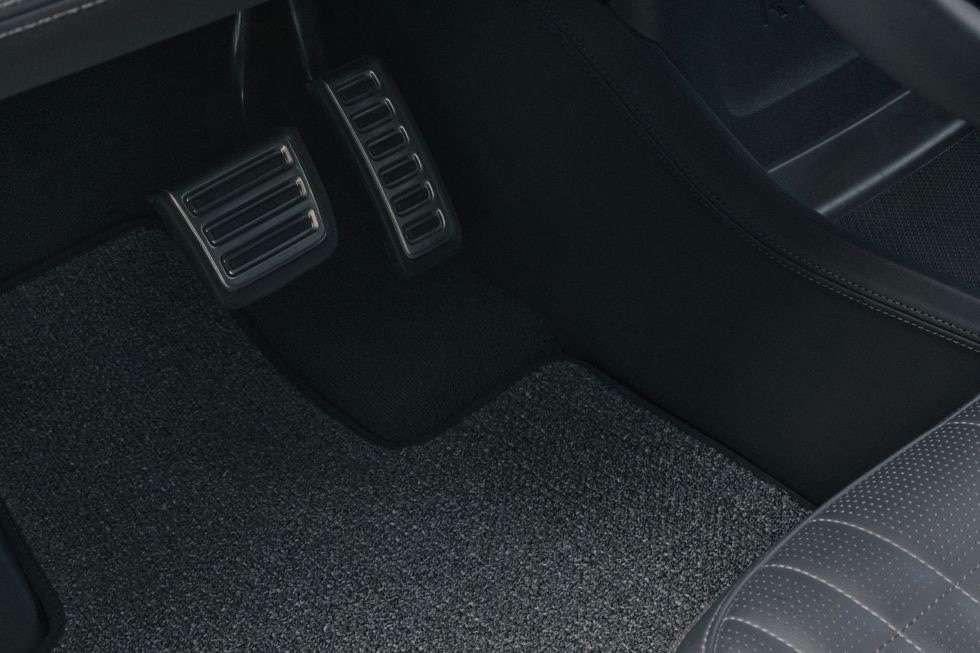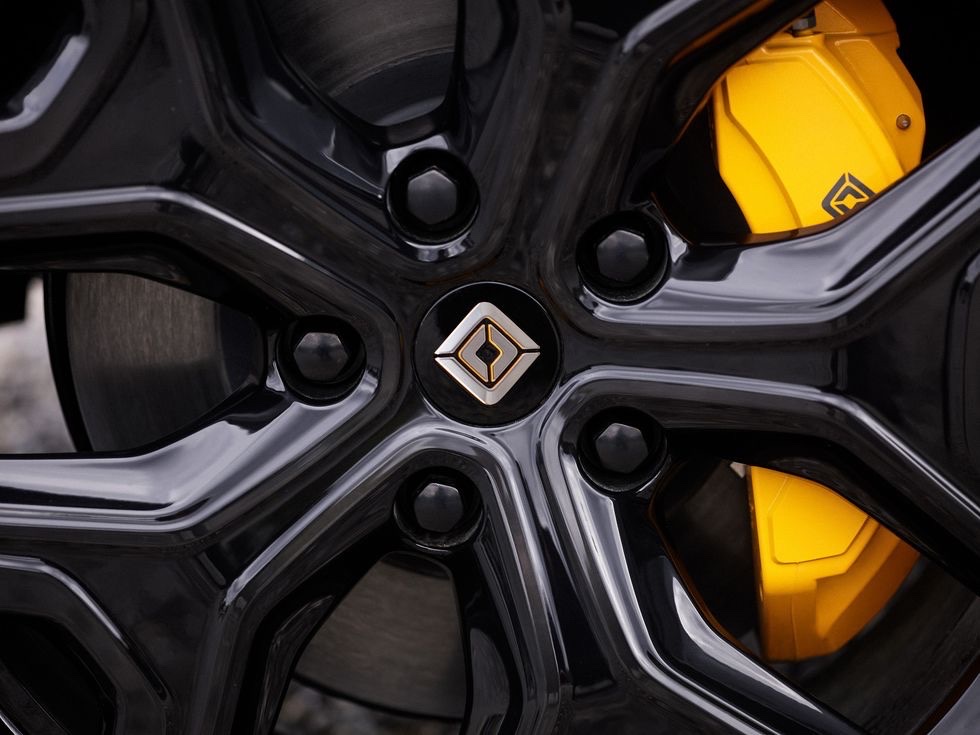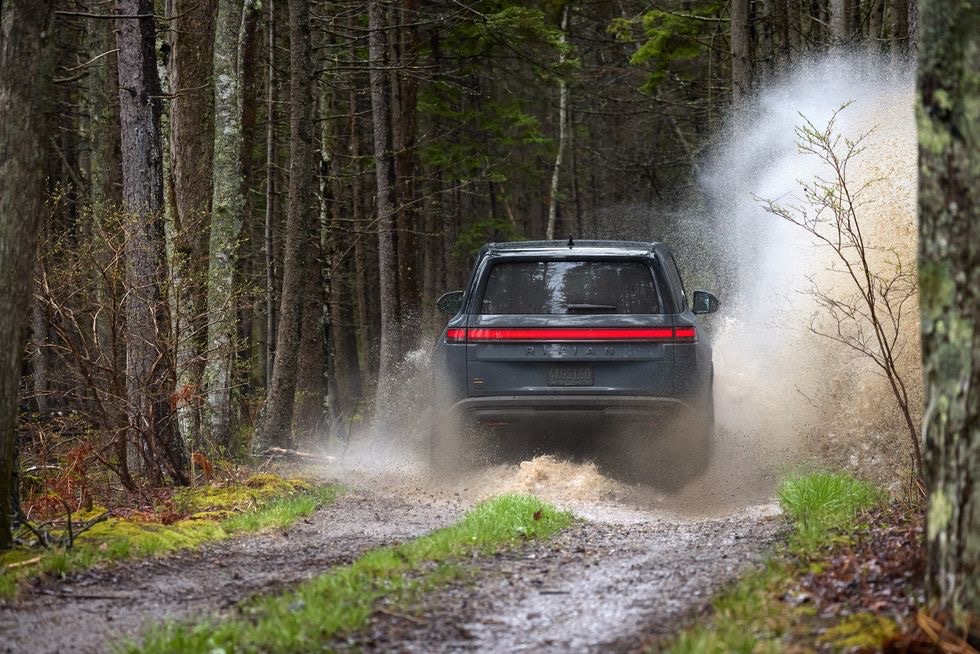
The Rivian R1S hit the streets in 2022 as one of the first electric SUVs designed from the ground up for battery power. While praised for its avant-garde looks and impressive performance, some reviewers (including yours truly) felt the driving experience fell a bit short of its gasoline-powered SUV rivals. Well, Rivian was listening, and for 2025 they’ve given the R1S a comprehensive suspension reboot to address the critiques. I recently spent a day driving the updated models, and I’m happy to report the 2025 R1S is a far more mature and refined vehicle that gives up little in return for its potent EV performance.
Meeting the New Rivian R1S
At a glance, you’d be hard-pressed to distinguish the 2025 R1S from last year’s model. The exterior design is virtually unchanged, aside from some intricate new lighting signatures and graphics. However, pop the doors or peel back the bodywork, and you’ll find a plethora of meaningful upgrades.
Under the skin, the R1S chassis has been comprehensively re-engineered to improve ride quality, handling composure, and steering feel. The front and rear suspensions have been returned with revised spring rates, bushings, and damper calibrations to harmonize their previously disjointed motions. The hydraulic roll control system has been optimized as well.
The net result is an R1S that now drives like a cohesive, well-sorted vehicle rather than a handful of disparate components. No longer does the rear end feel disconnected from the front under hard acceleration. Squats and dives have been dramatically reduced in aggressive driving situations. The helm finally communicates proper feedback from the road surfaces.
“We took the criticism to heart,” explained a Rivian chassis engineer. “This new R1S really gets us to parity with other premium SUVs in terms of on-road dynamics and refinement.”
Not that the R1S has lost any of its performance edge. In fact, thanks to stickier staggered tires on the top Quad-Motor trim, the 2025 models boast even more startling straight-line thrust than before.

A Full Charge of Power Options
Speaking of powertrain choices, the R1S lineup has been restructured for 2025 and now offers an almost dizzying array of battery and motor configurations:
Dual-Motor
- Front & Rear Permanent-Magnet Motors
- 533 hp / 610 lb-ft (Standard)
- 665 hp / 829 lb-ft (Performance)
- 92.5 kWh (Standard Range) or 109.4 kWh (Max Range) Battery Pack
Tri-Motor (New for 2025)
- 1 Front Motor, 2 Rear Motors (In-House Designs)
- 850 hp / 1,103 lb-ft
- 141.5 kWh Battery Pack
Quad-Motor
- 2 Front Motors, 2 Rear Motors (In-House Designs)
- 1,025 hp / 1,198 lb-ft
- 141.5 kWh Battery Pack
- 0-60 mph: 2.5 sec (est)
- Top Speed: 130 mph
-
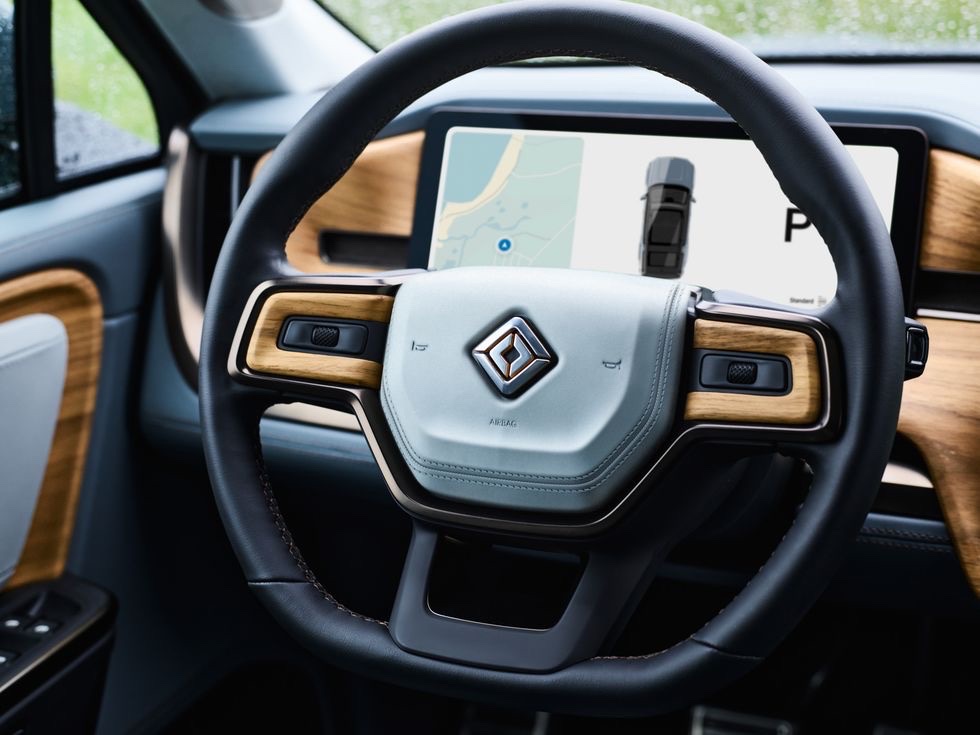
Rivian R1S
With the range-topping Quad-Motor powertrain, the 2025 R1S officially claims the title of the most powerful production vehicle….period. Its prodigious output utterly eclipses even the Tesla Model X Plaid. Remarkably, Rivian says the R1S Quad can still achieve over 300 miles of driving range.
To rein in all that muscle, the Quad-Motor gets staggered 275/305 Michelin Sport rubber and larger brake calipers painted in a signature teal hue. Rivian’s engineers are aiming for a 0-60 mph time well under 2.5 seconds in this Ludicrous-lunatic spec.
For the more sanely motivated (but let’s be honest, anyone shopping an R1S has at least a few insanity points), the carryover Dual-Motor configurations should still provide thrilling velocity while returning an estimated 400+ mile range from the Max battery pack. Even the base Dual-Motor model with the new smaller Standard battery pack is targeting nearly 300 miles of range.
There are also upgrades to the R1S’s electrical architecture. The battery packs have been re-engineered for increased usable capacity, lighter weight, and improved cooling. A more robust onboard power converter enables higher DC fast charging rates of up to 220 kW as well. All models are still fitted with the nifty Camp Mode that can divert battery power to run accessories indefinitely.

Tech Treats: Lighting, ADAS, and Digital Cockpit
While not a complete restyle, the 2025 R1S does benefit from some eye-catching exterior lighting upgrades. The signature front and rear light bars have been redesigned with animated RGB lighting patterns to indicate charge status or alert other drivers.
The squoval headlamp clusters have also been enhanced. New ultra-bright LED projectors enable upgraded Adaptive Drive Beam and Dynamic Bending Light functions that constantly optimize the beam pattern to provide maximum visibility without blinding oncoming traffic. Indeed, Rivian may be the first automaker to certify true Matrix LED headlamps for U.S. roads when the software update rolls out.
Inside, a redesigned digital cockpit features a svelte new user interface with snazzy animations and fresh app integration, including:
- Wireless Apple CarPlay / Android Auto
- Apple Music with Dolby Atmos Surround
- YouTube / Netflix Streaming (When Parked)
- Native Spotify/Tidal/Alexa Control
- Smartphone Key for Apple/Google Devices
More significantly, the 2025 R1S introduces Rivian’s new “Autonomy Platform” ADAS suite enabled by 11 cameras, 5 radars, and NVIDIA processing muscle. In addition to the existing Highway Assist feature, the R1S will offer Automated Lane Changes and an enhanced Driver Monitoring system to enable future Level 3 Highway automation and beyond.

The Verdict
Make no mistake, the 2025 Rivian R1S carries a hefty price tag. The Dual-Motor model starts around $78k, while the new range-topping Quad-Motor rings up over $130k fully optioned. But for that outlay, you’re getting the absolute cutting edge in EV performance and technology wrapped in a brawny yet sustainable package.
And thanks to Rivian’s earnest efforts to improve dynamics, the 2025 R1S now performs much more like a proper premium sports utility. The adaptive air suspension faithfully rounds up pavement imperfections while maintaining planted, surefooted handling responses. Quick-ratio steering feels direct and connected. That distinctive “frunk” and spacious trunk/underfloor storage preserve surprising utility.
In short, the R1S delivers on both the “Sport” and “Utility” premises with few compromises. It may have been a little rough around the edges initially, but this swift evolutionary stride addresses most of the original grievances. The future of electric vehicles is looking brighter than ever at Camp Rivian.
What are your thoughts on the 2025 Rivian R1S updates? Drop a comment below and let’s discuss!

2025 Rivian R1S
Vehicle Type: front- and rear-motor, all-wheel-drive, 7-passenger, 4-door wagon
PRICE
Dual-Motor Standard Pack, $77,700; Dual-Motor Large Pack, $84,700; Dual-Motor Max Pack, $91,700; Tri-Motor Max Pack, $107,700; Quad-Motor Max Pack, $130,000 (C/D EST)
POWERTRAIN (Dual-Motor)
Front Motor: permanent-magnet synchronous AC, 278–354 hp Rear Motor: permanent-magnet synchronous AC, 278–354 hp Combined Power: 533–665 hp Combined Torque: 610–829 lb-ft Battery Pack (Standard/Large/Max): liquid-cooled lithium-ion, 92.5/109.4/141.5 kWh Onboard Charger: 11.5 kW Peak DC Fast-Charge Rate: 200–220 kW Transmissions: direct-drive
POWERTRAIN (Tri-Motor)
Front Motor: permanent-magnet synchronous AC Rear Motors: 2 permanent-magnet synchronous AC Combined Power: 850 hp Combined Torque: 1103 lb-ft Battery Pack (Max): liquid-cooled lithium-ion, 141.5 kWh Onboard Charger: 11.5 kW Peak DC Fast-Charge Rate: 220 kW Transmissions: direct-drive
POWERTRAIN (Quad-Motor)
Front Motors: 2 permanent-magnet synchronous AC Rear Motors: 2 permanent-magnet synchronous AC Combined Power: 1025 hp Combined Torque: 1198 lb-ft Battery Pack (Max): liquid-cooled lithium-ion, 141.5 kWh Onboard Charger: 11.5 kW Peak DC Fast-Charge Rate: 220 kW Transmissions: direct-drive
DIMENSIONS
Wheelbase: 121.1 in Length: 200.8 in Width: 79.3 in Height: 77.3 in Passenger Volume, F/M/R: 59/49/36 ft3 Cargo Volume, Frunk/Behind Front/Middle/Rear: 11/88/49/18 ft3 Curb Weight (C/D est): 6700–7200 lb
PERFORMANCE
(***C/D**EST) 60 mph: 2.5–4.3 sec 100 mph: 6.9–11.6 sec 1/4-Mile: 11.1–13.1 sec Top Speed: 111–130 mph
EPA FUEL ECONOMY
(**C/D* EST) **Combined/City/Highway: 65–87/67–89/62–77 MPGe Range: 270–410 mi
